Description
Phlox Drumondii Beauty Mix
Phlox Drumondii Beauty Mix. One of the most popular and reliable annual Phlox mixes producing large flowers in a bright mix of blue, pink, crimson and white on 8in plants over the entire season. Will tolerate dry conditions.
Cultivation Advice
- Sow seeds directly into the garden after the last frost date in a location with full sun to partial shade.
- Ensure well-draining soil with average fertility. Phlox drummondii prefers slightly acidic to neutral soil.
- Scatter seeds over prepared soil and lightly press them in. Avoid burying them too deep as they require light for germination.
- Keep the soil consistently moist but not waterlogged during germination and early growth stages.
- Space plants about 6-12 inches (15-30 cm) apart to allow for proper growth and airflow between plants.
- Apply a thin layer of mulch to retain moisture and control weeds. Ensure the mulch doesn’t smother the emerging seedlings.
- Phlox drummondii typically doesn’t require heavy feeding. Incorporating compost before planting can provide sufficient nutrients.
- Regularly remove faded flowers to promote continuous blooming and prevent excessive self-seeding if controlled propagation is preferred.
- Monitor for pests such as aphids or spider mites. Employ organic pest control methods if needed.
- Allow some flowers to mature and dry on the plant for collecting seeds to use in subsequent plantings or sharing with other gardeners.
- Pair Drummond’s Phlox Beauty Mix with other annuals or perennials to create mixed flower beds or borders for a visually appealing garden.
- Provide support or stakes for taller varieties to prevent them from bending or toppling over, especially in windy conditions.
- Drummond’s Phlox thrives in moderate temperatures. In hotter climates, provide some afternoon shade to prevent heat stress.
- Allow some seed pods to mature and self-seed for a naturalized appearance in subsequent seasons, adding to the garden’s beauty.
- Use Phlox drummondii Beauty Mix as an edging or border plant to define garden spaces and create an attractive transition between areas.
- Consider planting Drummond’s Phlox in containers or pots, providing flexibility in placement and allowing for easy mobility.
- Successive sowings by planting seeds at intervals ensure a prolonged blooming period, providing continuous flowers throughout the growing season.
- Regularly inspect plants for pests, diseases, or nutrient deficiencies. Prompt care contributes to maintaining plant health and vigor.
- Harvest dried seed pods for unique additions to dried flower arrangements, extending the decorative appeal of Drummond’s Phlox.
- Utilize Drummond’s Phlox in educational settings to showcase its unique appearance and life cycle, offering a fascinating learning experience.
- Collect seeds from matured pods for future sowings or to share with fellow gardeners. Store seeds in labeled containers in a cool, dry place.
- Before planting, consider adding well-rotted organic matter or compost to improve soil fertility and structure for healthier plant growth.
- Cut flowers for arrangements when they are fully open but just before they start to drop their petals to ensure longer-lasting bouquets.
- Apply mulch gently around the base of the plants to retain moisture, regulate soil temperature, and suppress weed growth without smothering the seedlings.
- Employ successive sowings or staggered plantings to extend the flowering period, providing a continuous display of blossoms.
- Allow some self-sown seedlings to grow, adding a charming and naturalistic element to your garden landscape.
- Collect seeds from mature pods and store them in a dry, cool place in airtight containers for future plantings or sharing.
- Experiment with interplanting Drummond’s Phlox among other flowers to create visually stunning combinations and enhance the garden’s aesthetics.
- If seedlings are too dense, thin them out to the appropriate spacing to allow better airflow and prevent overcrowding.
- Pair Drummond’s Phlox with companion plants that attract beneficial insects or repel pests, fostering a more balanced and thriving garden ecosystem.

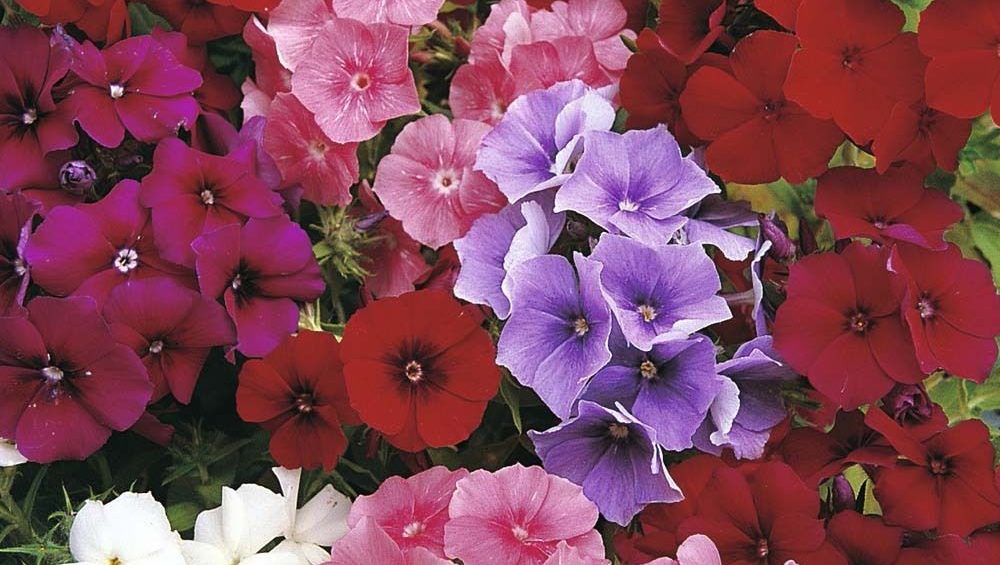
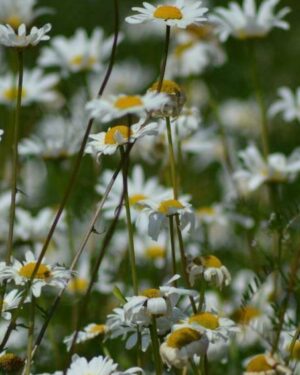
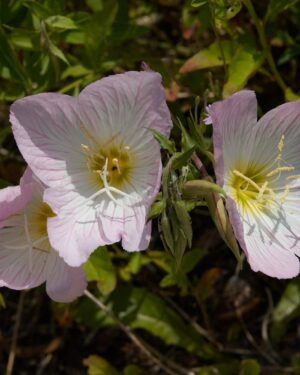

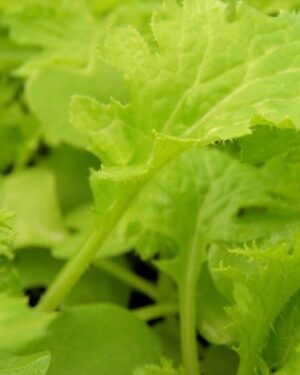
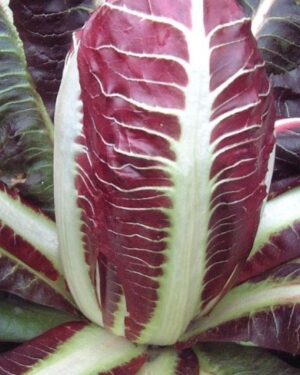

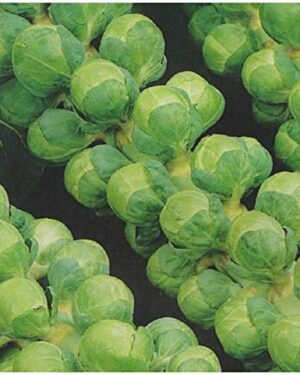
Reviews
There are no reviews yet.